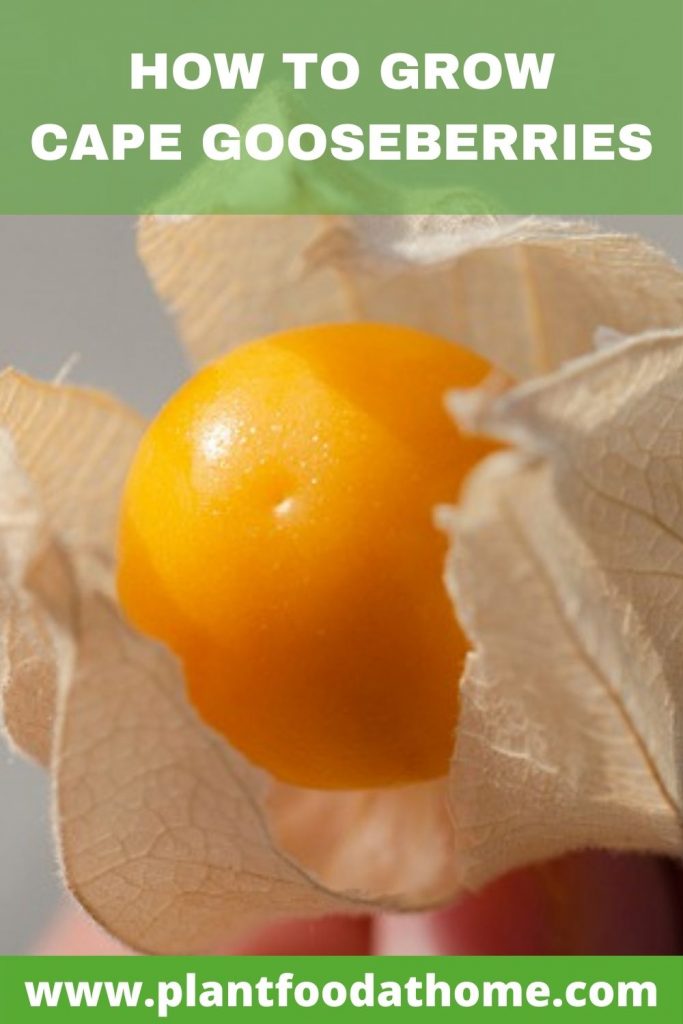The delicious fruit from the Cape Gooseberry plant takes on a magical appearance encased in light papery lantern-like leaves. The sweet and tart golden berries are wonderful on their own or made into a jam. And being an easy plant to grow, Cape Gooseberries, also known as Ground Cherries, make a great choice for the vegetable garden at home. Find out how to grow Cape Gooseberry and you can get harvesting this delightful little berry from your garden this season.
Table of Contents
- What are Cape Gooseberries?
- How to Grow Cape Gooseberry
- How to Grow Cape Gooseberry From Seed
- Can You Grow Cape Gooseberry From Cuttings?
- Can You Grow Cape Gooseberry in a Pot?
- What do Cape Gooseberries Taste Like?
- When to Harvest Cape Gooseberries
- Cape Gooseberry Problems
- Pests and Disease
- Conclusion
- Recommended products
What are Cape Gooseberries?
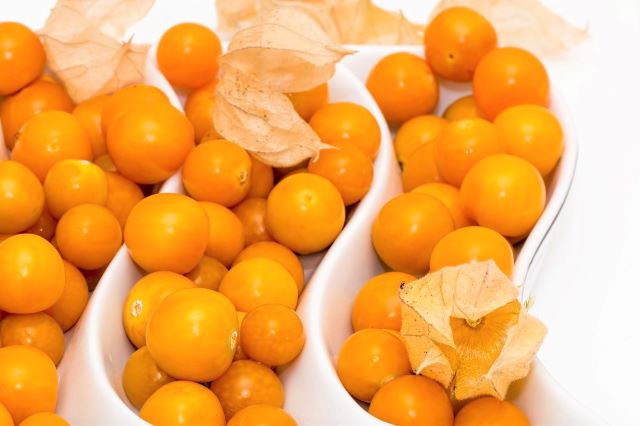
Cape Gooseberries are small golden berries encased in paper-like lanterns which is official the calynx and also known as the cape or husk. Once ripe, the husk is removed to reveal the treasure – the golden berry. Out of their papery case, Cape Gooseberries are similar in size and appearance to a small cherry tomato.
And as it happens they are related to the tomato being part of the nightshade family Solanaceae. Their botanical name is Physalis peruviana and they are also known as Physalis, Inca Berry, Ground Cherry, Peruvian Groundcherry and Goldenberry.
The leaves of the Cape Gooseberry shrub resemble the shape of a heart and the flowers form a bell shape. The Cape Gooseberry bush grows to about 3 feet (1 meter) and in the right conditions can grow as big as 6.5 feet (2 meters) and as wide.
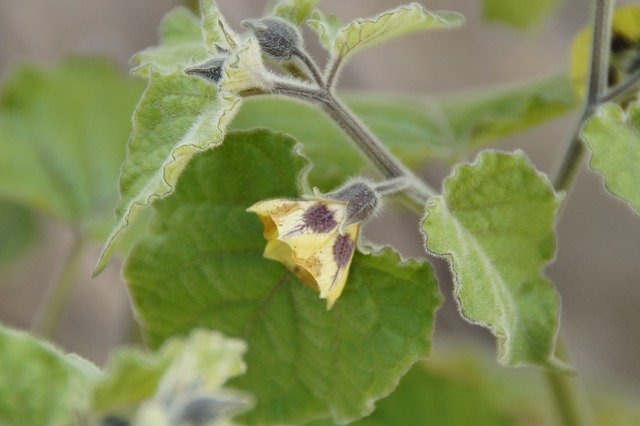
In cool climates, Cape Gooseberry is grown as an annual, when cold and frost end the growing season. But in warm climates, Cape Gooseberry can be grown as a short-lived perennial for 3-4 years. Fruit production is at its peak in the 2nd year with fruit yields and size becoming smaller in subsequent years.
How to Grow Cape Gooseberry
Cape Gooseberries are easy to grow. In fact, they don’t even mind if you neglect them a bit. So let’s find out the ideal growing conditions for Cape Gooseberries.
Soil
As an easy to grow plant, Cape Gooseberry is adaptable to different soil conditions with a pH of 5.1-6 being perfect for them. They can grow in clay or sandy conditions though well-draining and somewhat fertile soil amended with compost and well-rotted manure will grow a very happy plant.
Climate
A warm climate, similar to their native South American growing conditions is ideal for Cape Gooseberries. So wait until the soil temperature is 50-77°F (10-25°C) to plant them and preferably on the warmer side of this range.
Sun
Cape Gooseberries grow best in full sun of 6-8 hours a day, and they will also grow in partial shade. So pick a sunny spot in the garden to help this plant thrive.
Water
In order to produce a great harvest, Cape Gooseberries require consistent watering. They are somewhat drought tolerant once established but still require watering to produce flowers and fruit. Watering will depend on the climate. In very warm climates water may need to be given every 2-3 days. In cooler climates watering twice a week may be adequate.
Plant Spacing
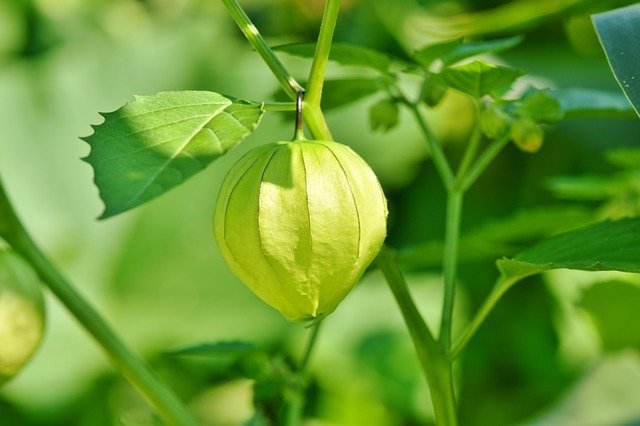
Space Cape Gooseberry seedlings 39-59 inches (100-150 cm) apart to give them plenty of growing room. Remember Cape Gooseberry can grow 3 feet (1 meter) and taller so allow adequate room between plantings for airflow. Good air circulation will help prevent growing problems such as fungal disease caused by cramped and humid conditions.
Fertilizer
Organic fertilizer can be applied in the early growth stages or fertilizer can also be applied if the plant has been cut back during the dormant season. Apply the fertilizer to encourage regrowth when the new growing season begins.
Otherwise, excessive fertilizer is not required and can actually reduce flowering and therefore fruit-set. So fertilizer only sparingly, if at all, and remember a little neglect will yield a bigger harvest of Cape Gooseberries.
Mulch
Because the roots of Cape Gooseberry grow close to the soil surface, it’s important to mulch well around the plant to protect them. Mulching will also help retain soil moisture and health. Choose a natural or organic mulch local to your area. Mulch will also act to feed the soil. For natural and organic mulch ideas, you can read more in our article Best Organic Mulch for the Garden.
How to Grow Cape Gooseberry From Seed
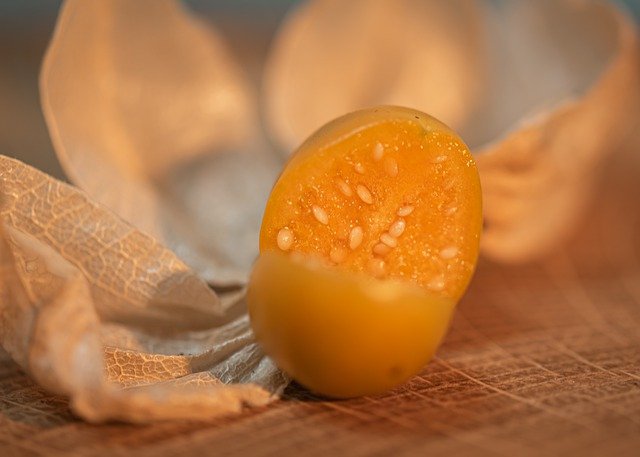
To get a head start on the growing season, Cape Gooseberry seed can be started indoors 4-6 weeks before the last frost date. Otherwise, sow seed after all chance of frost has passed in the spring.
Seeds need soil temperatures of 72-77°F (22-25°C) in order to germinate so consider a heat mat if you are starting seed in cooler weather. Good indoor lighting is also required so if natural lighting from a window is not possible then a grow light can provide the necessary light for germination.
Prepare small pots with a quality seed raising mix and sow 2-3 seeds in each hole 1/8 inches (3mm) deep. Because Cape Gooseberry seed is so tiny, it only needs a light covering of soil.
Keep the soil lightly moist until seeds germinate.
It can take anywhere from 7 to 30 days for Cape Gooseberry seed to germinate.
My Cape Gooseberry seed was very slow to germinate this season and I was almost ready to give up! I started with a heat mat to get a start on the growing season but after a few weeks, they were still nowhere to be seen. I wondered if my seed was no longer viable.
But my patience paid off and towards the later part of 30 days, I had a flurry of sprouting Cape Gooseberry seedlings. This also coincided with the weather warming up and being taken outdoors where they had more light. This may have been just what these little seeds needed in order to germinate.
So be prepared to be patient when growing Cape Gooseberry from seed, get started early and continue to keep the soil moist because those seedlings are about to emerge.
Can You Grow Cape Gooseberry From Cuttings?
Yes, Cape Gooseberry can be grown from cuttings. Simply take a 4 inch (10 cm) cuttings and plant out in small pots until roots form.
Take cuttings from the mid section of newer growth, not the woody stems or the tips of the plant.
Place the newly potted cuttings in bright indirect light and keep the soil lightly moist. Ensure the pots have good drainage so the cutting does not sit in soggy soil.
Can You Grow Cape Gooseberry in a Pot?
Yes, you can grow Cape Gooseberry plants in pots or containers.
Choose a larger size pot to accommodate the expected 3 foot (1 meter) size.
Use a quality potting soil, mulch well and keep an eye on the moisture level as plants in pots tend to dry out quicker than those grown in the ground.
Also ensure the pot has adequate drainage as Cape Gooseberries prefer free-draining soil.
What do Cape Gooseberries Taste Like?
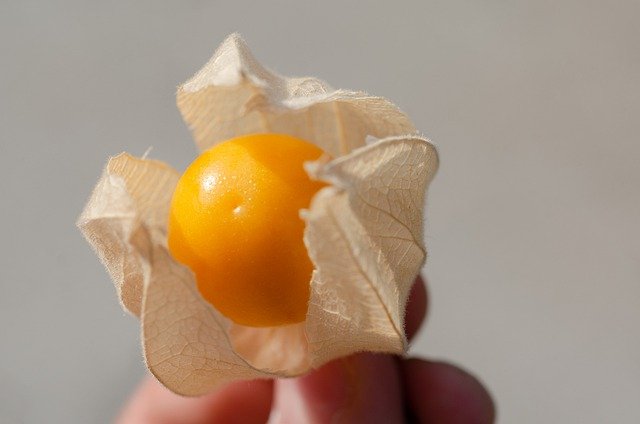
The taste of Cape Gooseberries is sweet and tart with a mix of pineapple and tomato with some also including mango.
They can be eaten fresh or made into jam. Other delicious ways to use Cape Gooseberries include adding them to salads, cooking them in a savory sauce to accompany seafood and meat dishes, they can be stewed or made into a dessert. Cape Gooseberries are also delicious dried, in the oven or a dehydrator for example, and can also be frozen for later use.
After harvesting ripe Cape Gooseberries, they can remain fresh in their husk for several weeks. Simply keep them in a bowl on the bench, no need to refrigerate.
When to Harvest Cape Gooseberries
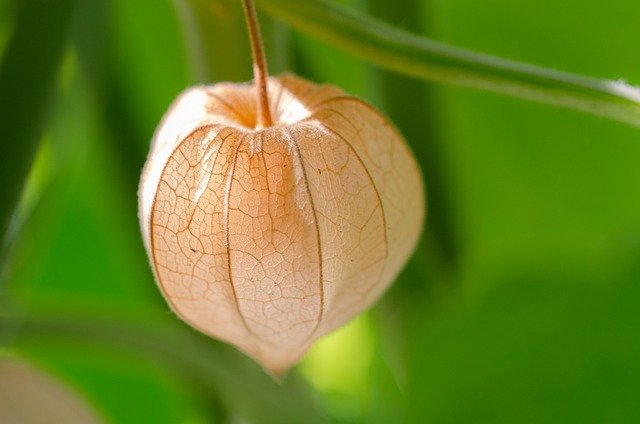
It takes approx 100-140 days for the Cape Gooseberry plant to reach maturity, then another 70-80 days from flower pollination before the fruit is ready to harvest. Cape Gooseberries will produce fruit in their first season though they need a long growing season for fruit to ripen.
You will know Cape Gooseberries are ready to harvest when the papery husk dries out. Changing from green to a light brown color. Sometimes the berry can drop from the bush unnoticed and be found under the plant. If the husk is still intact then the fruit should still be good to eat.
If Cape Gooseberries are picked too early (evident by a greenish tinge to the fruit), remove them from their husk and place them on a brightly lit windowsill to fully ripen in color.
Cape Gooseberry Problems
In the right conditions, Cape Gooseberries will self-seed. For many gardeners, this will be welcome but if it’s a problem you can minimize this by removing any fallen fruit from the ground. Then remove any unwanted seedlings as they emerge before they take over your growing space.
In some areas, fruit seed is spread by birds and grows in unwanted places hence branding it somewhat of a weed. You can help minimize this by removing fruit before the birds do, perhaps by netting the plant if birds are getting to your harvest before you do.
The leaves of the Cape Gooseberry bush and unripened fruit can be toxic to people and backyard animals. And while a few gardeners have reported eating the fruit unripe with no ill effect, it’s best to ensure the fruit is yellow and ripe before eating. And to be safe, keep curious animals such as dogs and cats away from the plants.
Pests and Disease
Depending on the climate and growing conditions, there are a number of pests and diseases that can affect Cape Gooseberry plants. Here’s a few of them and a natural or organic solution:
Aphids can infest Cape Gooseberry bushes. Hose them off with a blast of water and encourage beneficial insects to the garden. Ladybirds, lacewings and hoverflies are natural predators. Or horticultural neem oil can also be used.
Cucumber beetle can attack the leaves of Cape Gooseberry. Consider interplanting with crops such as spring onions, which act as a repellent. Horticultural neem oil can be used also.
Powdery Mildew can affect Cape Gooseberry. Increase airflow by providing adequate room between plants. Avoid watering the leaves, instead, water at ground level and apply a natural milk fungicide. You can see our recipe for milk spray fungicide here.
- Further reading: What’s Eating My Cape Gooseberries?
Conclusion
Growing Cape Gooseberry is easy and the rewards are many delicious golden berries. And if you can’t keep up with the harvest you can easily turn them into a tasty Cape Gooseberry jam. But at my house, we’re too busy opening up the little paper encased berry presents and eating them fresh! What’s your favourite way to eat Cape Gooseberries? Let us know in the comments below.
Recommended products
- Soil pH, Water and Light Meter
- Organic Seed Raising Potting Mix
- Seedling Heat Mat
- Grow Light
- Organic Potting Mix
- Dehydrator
- Horticultural Neem Oil
For growing more fruit at home, see our other articles below:
- How To Grow Sensational Strawberries At Home
- Growing Feijoa Pineapple Guava Trees
- How to Grow Avocados Indoors
- How To Easily Grow Blueberries
- Put an End to Small Gooseberries – 8 Causes and Solutions
